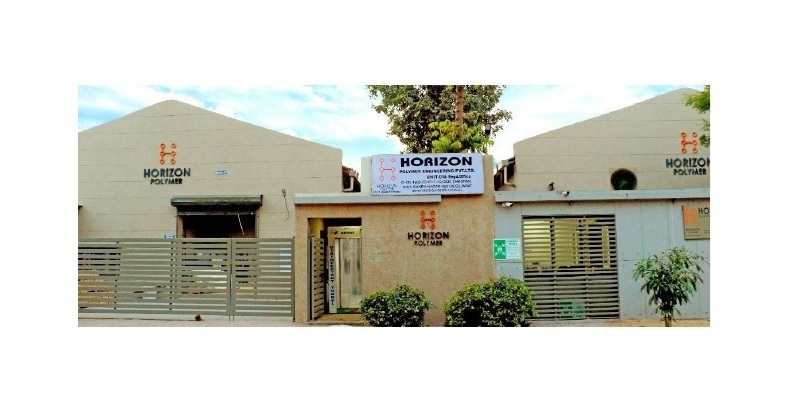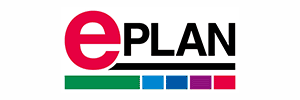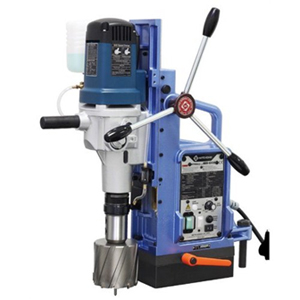Schedule a Call Back
Half of the cyberattacks target government and industry: Positive Technologies
 Industry News
Industry News- Oct 23,24

Related Stories

Honeywell Launch Biocrude Upgrading Tech for Sustainable Maritime Fuel
Honeywell’s new process technology enables biocrude to then be refined at major facilities to produce marine fuel, gasoline or SAF.
Read more
Jindal (India) Expands Colour-Coated Steel Capacity to Boost White Goods Growth
Earlier this month, Jindal (India) Limited announced the commissioning of 0.6 million MT of downstream steel capacity expansion at its manufacturing facilities in West Bengal.
Read more
Japan’s KITZ Corp buys Horizon Polymer Engineering
The Gandhinagar based Horizon Polymer Engineering manufactures and sells fluoropolymer-lined products, such as pipes, fittings, valves, tanks and vessels, mainly for the fine chemicals market.
Read moreRelated Products

Digital Colony Counter
Rising Sun Enterprises supplies digital colony counter.
Robotic Welding SPM
Primo Automation Systems Pvt. Ltd. manufactures, supplies and exports robotic welding SPM.

Heat Exchanger Scale Removal Compound -hesr-300
Hi There!
Now get regular updates from IPF Magazine on WhatsApp!
Click on link below, message us with a simple hi, and SAVE our number
You will have subscribed to our Industrial News on Whatsapp! Enjoy















